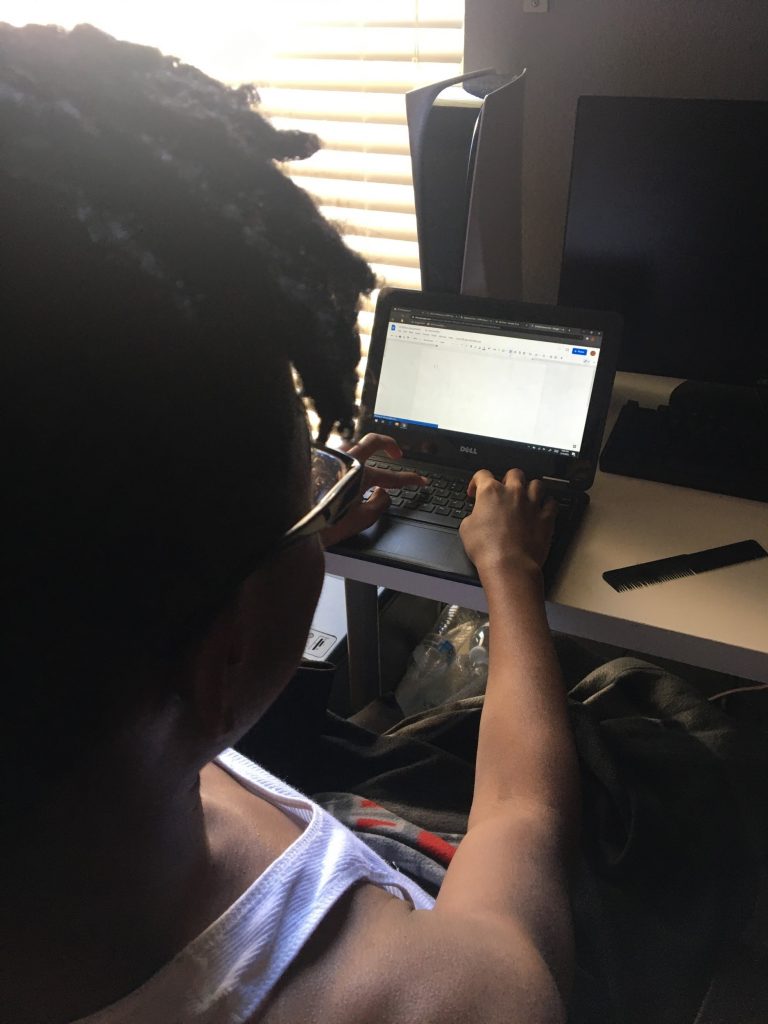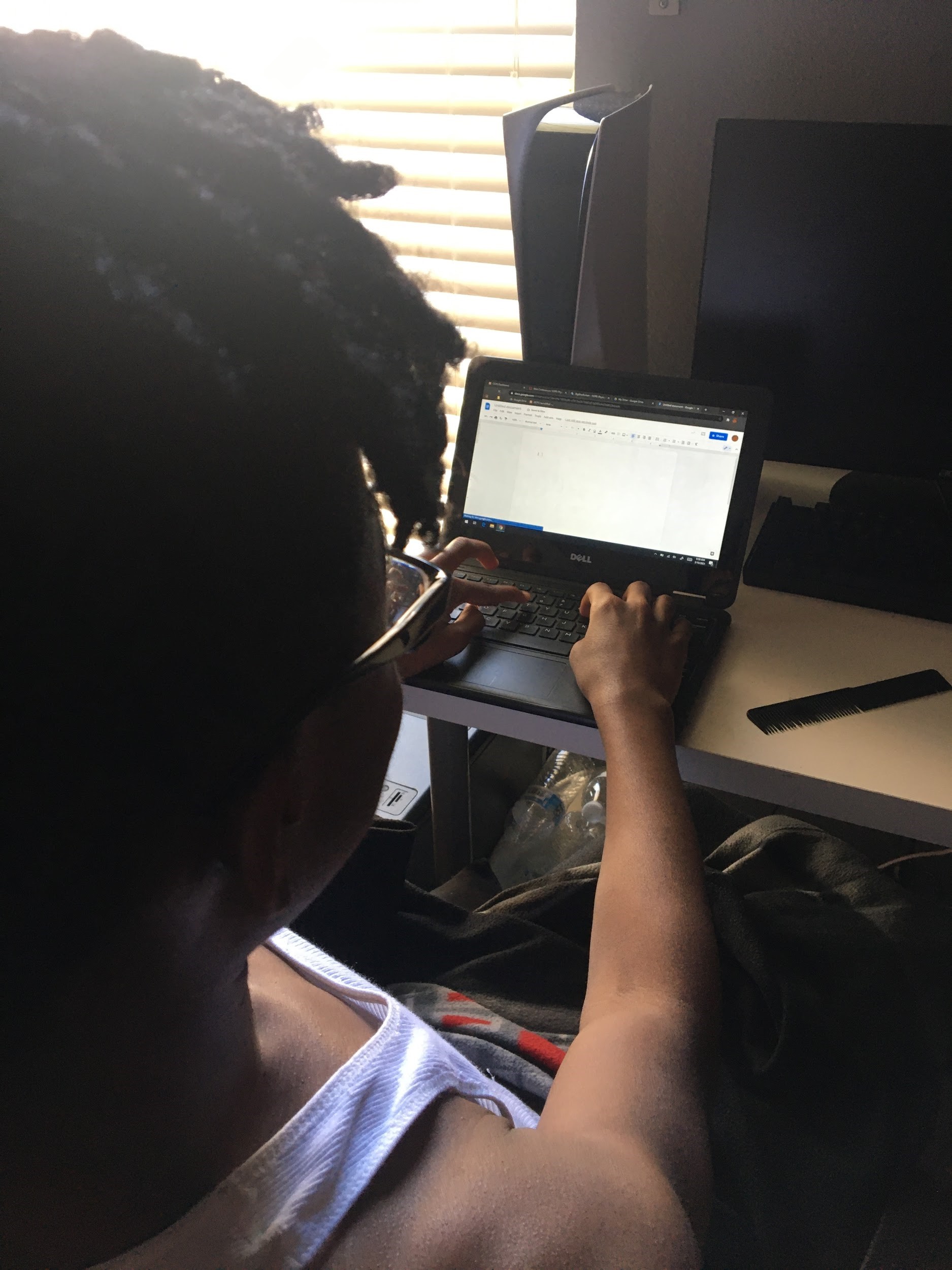Everyone has had to make adjustments due to covid, but not everyone gets the same treatment.
By Jaiden Beason
The expectation for school has generally always been about the same. Students would get to school in the morning, be taught, and then leave in the afternoon. With the exception of extracurricular activities, material, and behavior, students from even decades back can probably relate to a lot of the problems that students now face. During the Spanish flu when many schools closed down, there weren’t many options for kids in school then. Now however with the internet we can use online sources to host school virtually. But then that begs the question, is online school equally as good as going in person, and is it as effective?
To begin with, people who go to school online miss out on a lot of things that before coronavirus was barely considered a luxury. For example, in a lot of classes materials might be needed for that day. Depending on what it is, while students in class are provided with them, virtual students have to acquire it themselves. That’s not all. It’s also much more interesting to be surrounded by other people in a public setting, as opposed to the majority of online students being stuck in their room alone. Being in person also just means you get better experiences compared to those online. As much as many would like to believe, it’s simply just not the same viewing things like experiments or projects at home from a barely 720p camera lens. Just because all teachers are required to show and teach both online and in person students the same things, doesn’t make them equal experiences.
In addition, school virtually has lots of added challenges that many face to face students don’t have to deal with. For example being at home with family, pets, and other distractions can cause attention to be diverted to other things other than school. Bethany Johnson, a Timber Creek sophomore attending school virtually states, “Well face to face is better in my opinion because I don’t get as distracted as I would online.” At school you have your teacher and the attention of other students to keep you working, but at home you don’t get the same stimulus. Jacob Beason, a freshman also attending Timber Creek online says, “I think the classroom environment is more effective at engaging students and keeping them on focus and on task pretty much.” Engagement is another huge factor in what makes face to face students’ class environments so much more better. Teachers being able to physically see and interact with their students helps to make connections and form better bonds, which in turn make a class more enjoyable. So when you take that all away, it’s harder for those at home to stay on task.
In conclusion, school this year is what it is. Many students won’t get the same opportunities and interaction as others, and that’s just something that’ll have to be dealt with. The LaunchEd program, while a solution for those who can’t attend school in person, still isn’t perfect. Nor is it anywhere near as effective at teaching students as compared to physically being there. However, in times like these adjustments needed to be made and this is just one of the unfortunate results.

